{TELUGU} Manual Testing, Agile & Jira , Zephyr with project
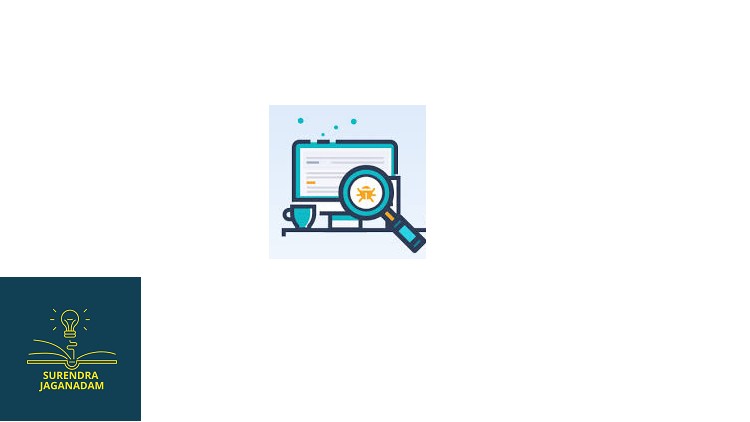
Why take this course?
-
Test Design Phase
- What Tester will do in Test Design Phase?: The tester will analyze the requirements and design documents to understand what needs to be tested. They will identify test cases that cover different scenarios, ensuring they are comprehensive, efficient, and effective. This phase involves defining the objectives of testing, preparing test cases, and determining the necessary resources.
-
Use Case
- A Use Case is a description of a specific sequence of actions that the software will perform in response to an event or requirement. It outlines how the user interacts with the system to achieve a goal.
-
Scenario
- A Scenario within a use case specifies a particular path or sequence of events and outcomes that can occur when the use case is executed under certain conditions. Scenarios are more detailed than use cases and describe how specific inputs will lead to expected outputs.
-
Preparing Scenarios for Project
- Identifying various scenarios helps in creating a comprehensive test plan by considering different user interactions, edge cases, and error conditions that the software might encounter.
-
What is a Test Case?
- A Test Case is a set of conditions or variables under which a tester will determine whether the software is functioning correctly. It includes preconditions, steps to execute, expected results, actual results, and status.
-
Preparing Test Case Template for Project
- Creating a standardized test case template ensures consistency in testing efforts. The template should include all necessary fields like test case ID, description, module, steps to reproduce, expected result, actual result, and pass/fail criteria.
-
Types of Test Cases
- There are different types of test cases: Functional, System, Integration, Regression, Usability, Performance, Security, etc. Each type serves a specific purpose in the testing process.
-
Test Case Design Techniques
- Boundary Value Analysis (BVA), Equivalence Class Partitioning (ECP), Decision Table, State Transition Diagrams, Error Guessing are some techniques used to design test cases that ensure comprehensive coverage.
-
Designing Test Cases for Project
- This involves using the chosen design technique to create detailed test cases based on the requirements and scenarios identified earlier.
-
Test Case Status
- Test cases can have various statuses like New, In Progress, Passed, Failed, Blocked, etc., which help in tracking their progress and identifying their current state within the testing process.
-
Test Cases Review
- Regular reviews of test cases ensure accuracy, completeness, and applicability to the requirements. It's a collaborative activity involving developers, testers, and other stakeholders.
-
Preparing RTM (Release to Market) Document
- An RTM document outlines all necessary steps for a successful release, including testing, deployment, and post-release activities like monitoring and support. It ensures that everyone involved knows what is expected and when.
Projects & Technologies
-
Difference between Project & Product?
- A Project is a temporary endeavor with a definite beginning and end, creating a unique product or service. A Product is an output of a project, which may consist of multiple components and services that are delivered to the customer.
-
What is a Project?
- A project is a collection of tasks and activities conducted in an organized manner to achieve specific objectives within time, cost, and quality constraints.
-
What is a Product?
- A product is a result or outcome of one or more projects, which can be shipped to customers and used as intended.
-
Type of Projects?
- Common types include Research and Development, Construction, Software Development (like a web application), Marketing Campaigns, etc.
-
Desktop application, Web Applications, System Products are examples of product types.
Software Testing 18. Test Design Techniques & Test Cases (as previously outlined) Testing Activities in Agile (Scrum) - In an Agile environment, like Scrum, the testing activities include: - Participating in Sprint Planning to understand what will be developed in the upcoming sprint. - Daily Stand-ups to report on progress and any blockers that are impeding progress. - Collaborating with the team during the Sprint Review to demonstrate the completed product increment and collect feedback from stakeholders. - Participating in the Sprint Retrospective to discuss what went well, what didn't, and identify areas for improvement in the next sprint. - Engaging in Release Planning Meetings to plan the release of the product. Software Development Lifecycle (SDLC) - In the context of SDLC, testing is not isolated to the test design phase but is an integral part throughout all phases: Requirement, Design, Implementation, Testing, Deployment, Maintenance, and Support. Testers work closely with developers and other stakeholders at each stage to ensure quality software. Software Quality Assurance (QA) - QA encompasses the processes and activities designed to ensure that a software product or service meets its specified requirements and is dependable and consistent. It includes validation, verification, auditing, and risk management. Testers play a crucial role in ensuring software quality through systematic evaluation of software products at various stages of the SDLC.
Course Gallery
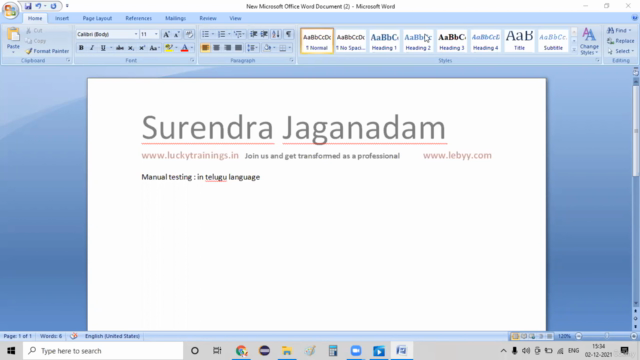
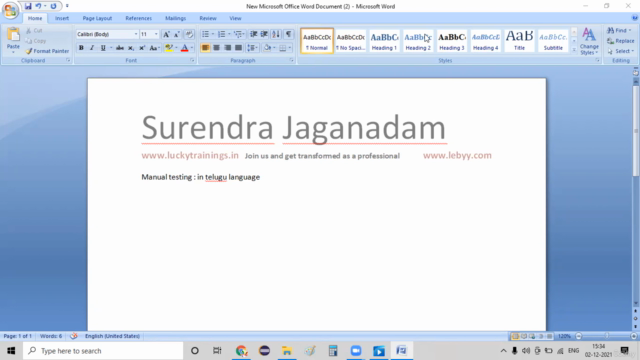
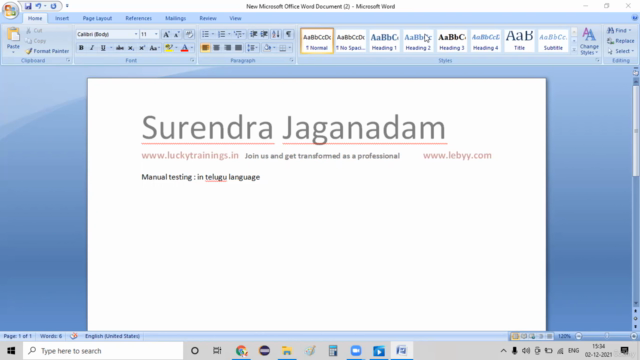
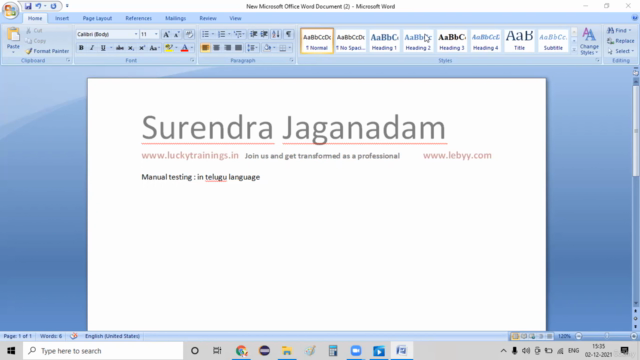
Loading charts...